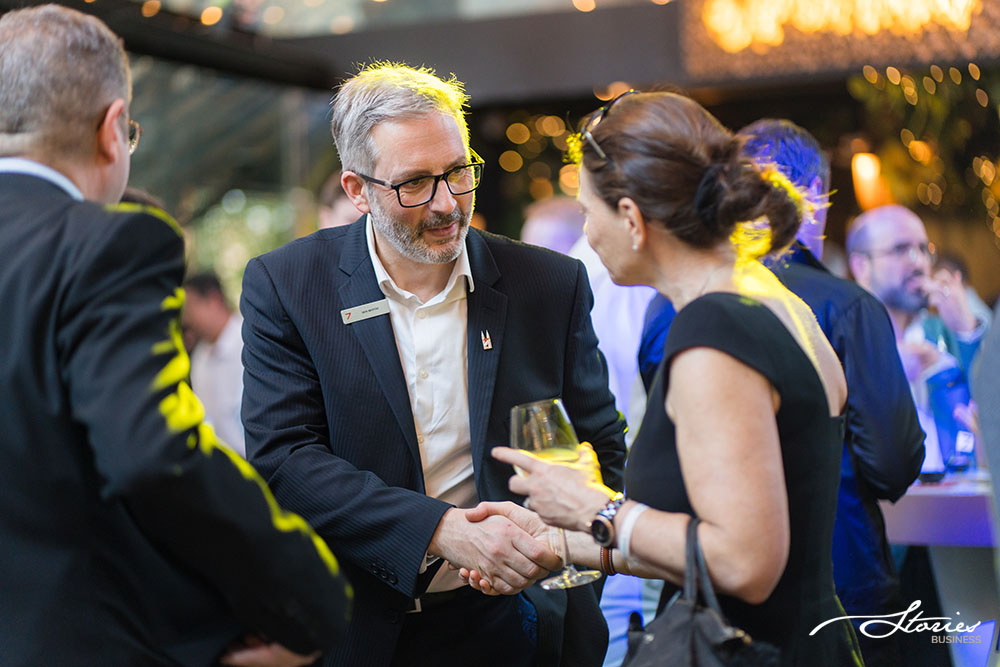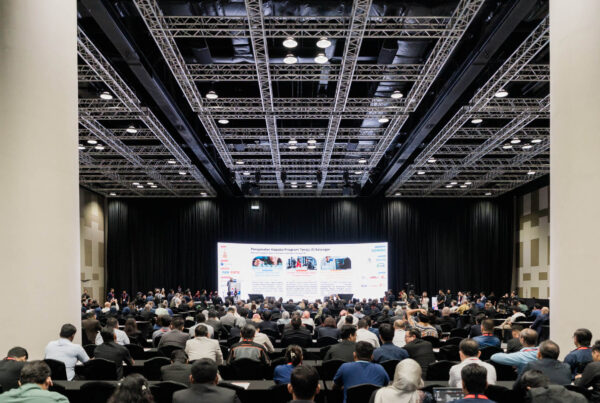Planning an event involves countless details, but one critical aspect often overlooked is briefing your event photographer and videographer properly prior to the event. Effective communication ensures they understand your vision and capture the moments that matter most. Here are the top 10 things you should brief your event photographer and videographer on to ensure a successful event coverage outcome.

1. Event Overview and Purpose
Begin by providing a comprehensive overview of the event. Explain its purpose, whether it’s a corporate conference, wedding, charity gala, or product launch. Understanding the event’s nature and goals helps photographers and videographers grasp the context and determine the best approach to capturing it. Highlight key moments, such as speeches, performances, or award presentations, that are essential to cover.
2. Schedule and Timeline
Share a detailed schedule and timeline for the event. This helps photographers and videographers plan their shots and ensures they are in the right place at the right time. Include information on start and end times, breaks, and any significant transitions. If there are multiple activities happening simultaneously, specify which ones are priorities to capture.
3. Key participants and VIPs
Identify key participants and VIPs who must be photographed or filmed. Provide their names, roles, and, if possible, photos to help the photographer or videographer recognise them. This ensures that important individuals receive adequate coverage and aren’t missed in the crowd.
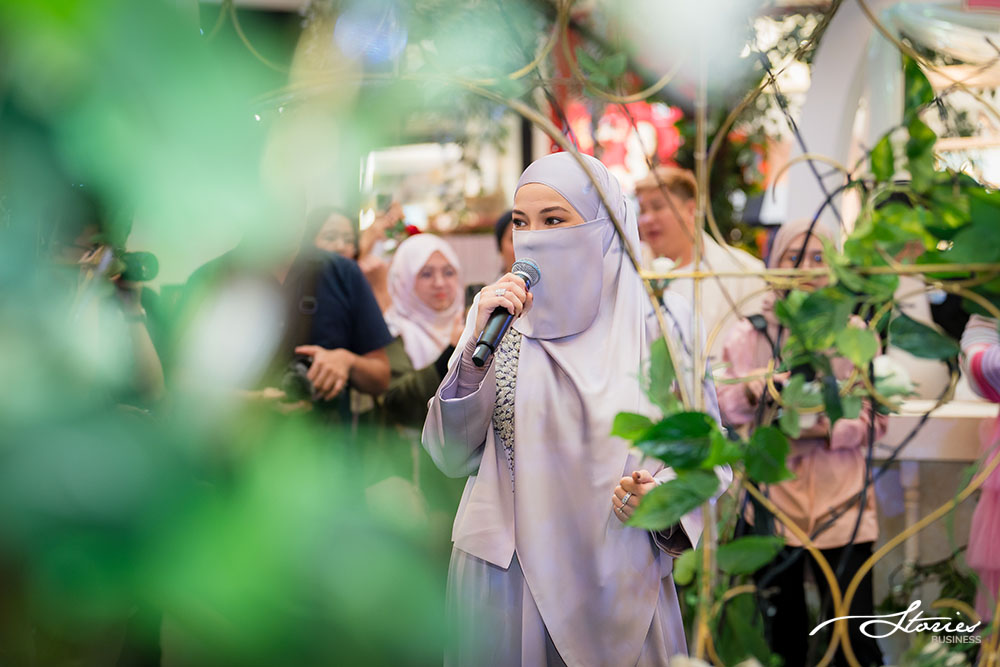
4. Must-Have Shots
Create a list of must-have shots you want to include in the final collection. This could be specific moments like a special performance at the event, the ribbon-cutting ceremony at a launch, or candid shots of attendees networking. Discuss any particular style or mood you prefer, whether it’s formal, candid, artistic, or documentary-style.
5. Venue Details
Share information about the venue, including its layout, lighting conditions, and any restrictions. Knowing the venue helps them plan their equipment and settings, ensuring they are prepared for any challenges like low light, restricted areas, or flickering TV screens behind the key speakers on stage. For bigger events where more equipment might be needed, informing the team where the loading bay lift, is also a plus point.
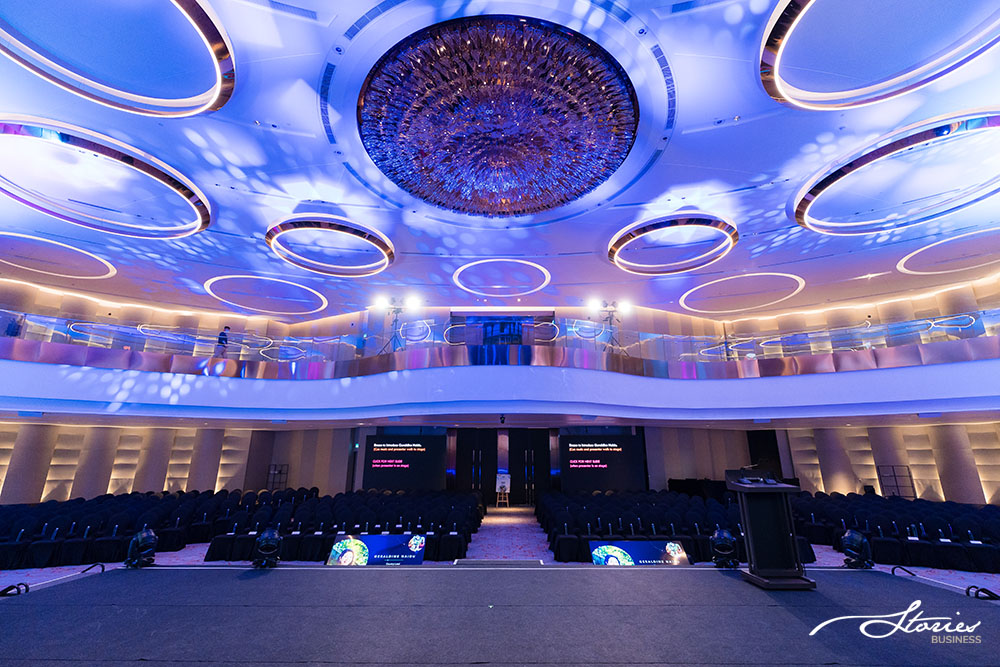
6. Branding and Theme
If your event has specific branding, themes, or colours, inform the photographer or videographer. This ensures that the visuals they capture align with your brand identity and the overall theme of the event. For corporate events, this might include company logos, branded signage, or colour schemes that should be highlighted in the shots.
7. Audience and Demographics
Provide information about the event’s audience and demographics. Understanding who will be attending helps the photographer or videographer anticipate the types of shots that will resonate best. For instance, a family-oriented event may call for more candid and interactive shots, while a corporate event might require more formal and professional images.
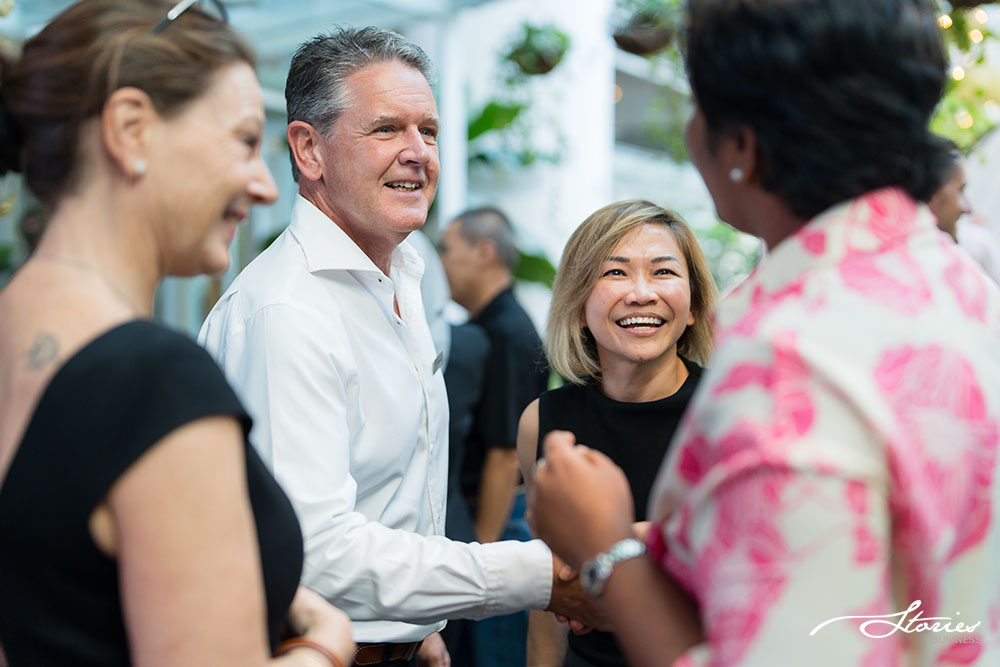
8. Special Instructions and Restrictions
Communicate any special instructions or restrictions that the photographer or videographer needs to be aware of. This could include rules about flash photography, areas where they can or cannot go, and any specific behaviours or customs they should respect. For example, some ceremonies may have moments where photography is not allowed, and it’s crucial to inform them in advance.
9. Post-Production Preferences
Discuss your preferences for post-production. This includes the style of editing, colour grading, and any specific effects or filters you want applied. Some clients prefer a natural look, while others might want more artistic or stylized edits. Clarifying these preferences ensures that the final product matches your expectations.
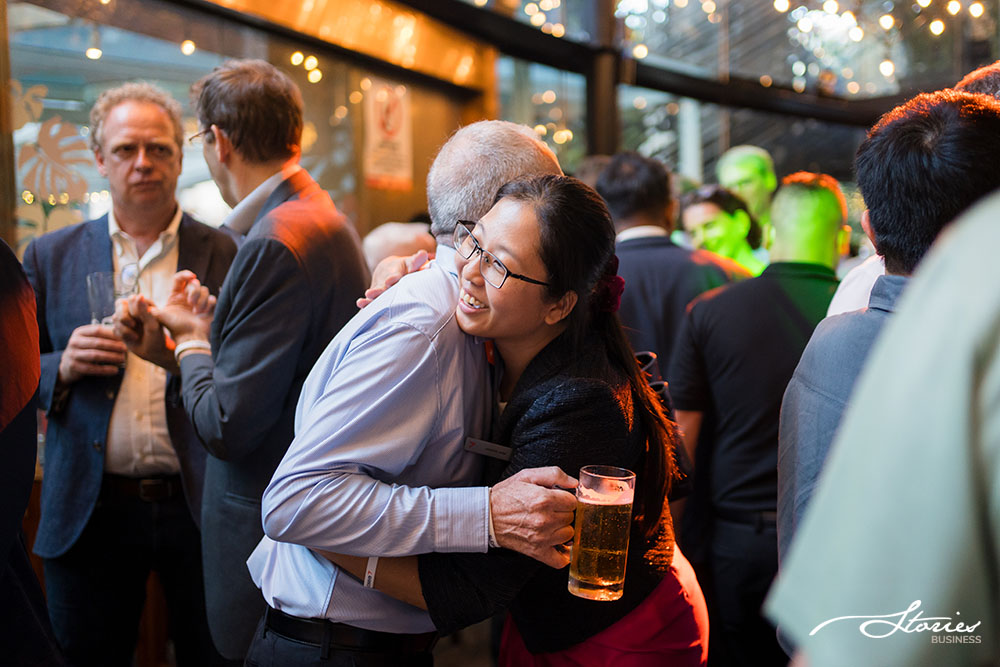
10. Delivery Timeline and Format
Finally, agree on a delivery timeline and format for the final photos and videos. Specify whether you need digital files, printed copies, or both, and discuss any deadlines for receiving the finished product. Clear communication about the delivery timeline helps avoid misunderstandings and ensures you have the materials when you need them.

To simply conclude, by providing these important information to your photo or video team, you set the stage for a successful collaboration. Remember, the more detailed and clear your briefing, the better they can meet your expectations and deliver a final product that truly reflects the spirit and highlights of your event.
Taking the time to plan and communicate these details not only helps your photographer and videographer perform their best but also gives you peace of mind knowing that all the significant moments will be captured beautifully. So, whether it’s a milestone celebration, a corporate gathering, or a personal event, use this guide to ensure your memories are preserved perfectly.
To know more how our Stories team can help you capture your event moments, feel free to reach out to us.


